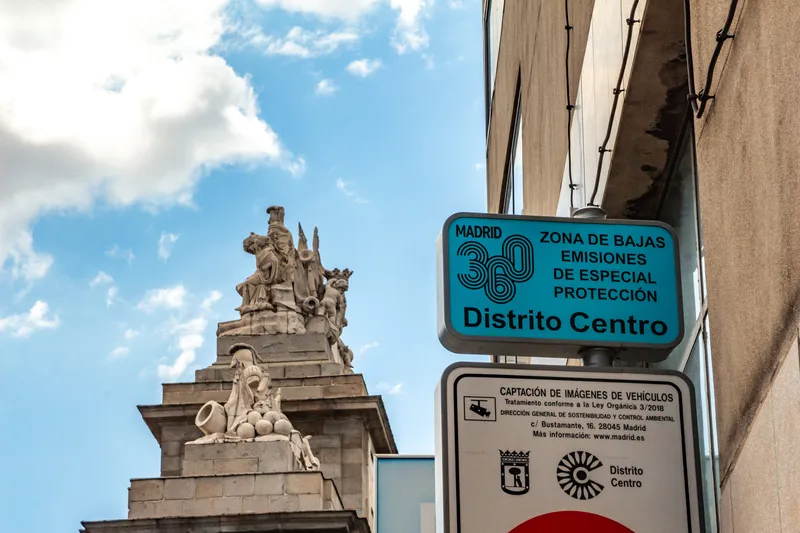The EU's TEN-T programme will invest almost US$4.3 million in studies preparing a European network of hydrogen infrastructure for transport. The network is expected to enhance the use of fuel cell vehicles in Europe leading to cuts in overall transport emissions.
The uptake of fuel cell cars, zero emission vehicles that run on electricity powered by hydrogen, depends on the availability of refuelling infrastructure on the main European roads.
This project is the second part of a larger action aiming
December 8, 2014
Read time: 2 mins
The EU's TEN-T programme will invest almost US$4.3 million in studies preparing a European network of hydrogen infrastructure for transport. The network is expected to enhance the use of fuel cell vehicles in Europe leading to cuts in overall transport emissions.
The uptake of fuel cell cars, zero emission vehicles that run on electricity powered by hydrogen, depends on the availability of refuelling infrastructure on the main European roads.
This project is the second part of a larger action aiming to establish a network of European hydrogen infrastructure for transport and to enable long distance travel with fuel cell cars. It will develop national implementation plans for Belgium, Finland, Poland and a regional implementation plan for Riga, Latvia, as well as deploy and test three hydrogen refuelling stations with specific innovative elements in Finland and Sweden.
The project will also analyse and disseminate study results in Europe, including a hydrogen road tour on some major European road transport axes.
The project was selected for EU funding with the assistance of external experts under the TEN-T Annual Call 2013, priority 'Decarbonisation/oil substitution or environmental cost reduction '. Its implementation will be monitored by INEA, the1690 European Commission's Innovation and Networks Executive Agency and is to be completed by December 2015.
The uptake of fuel cell cars, zero emission vehicles that run on electricity powered by hydrogen, depends on the availability of refuelling infrastructure on the main European roads.
This project is the second part of a larger action aiming to establish a network of European hydrogen infrastructure for transport and to enable long distance travel with fuel cell cars. It will develop national implementation plans for Belgium, Finland, Poland and a regional implementation plan for Riga, Latvia, as well as deploy and test three hydrogen refuelling stations with specific innovative elements in Finland and Sweden.
The project will also analyse and disseminate study results in Europe, including a hydrogen road tour on some major European road transport axes.
The project was selected for EU funding with the assistance of external experts under the TEN-T Annual Call 2013, priority 'Decarbonisation/oil substitution or environmental cost reduction '. Its implementation will be monitored by INEA, the









